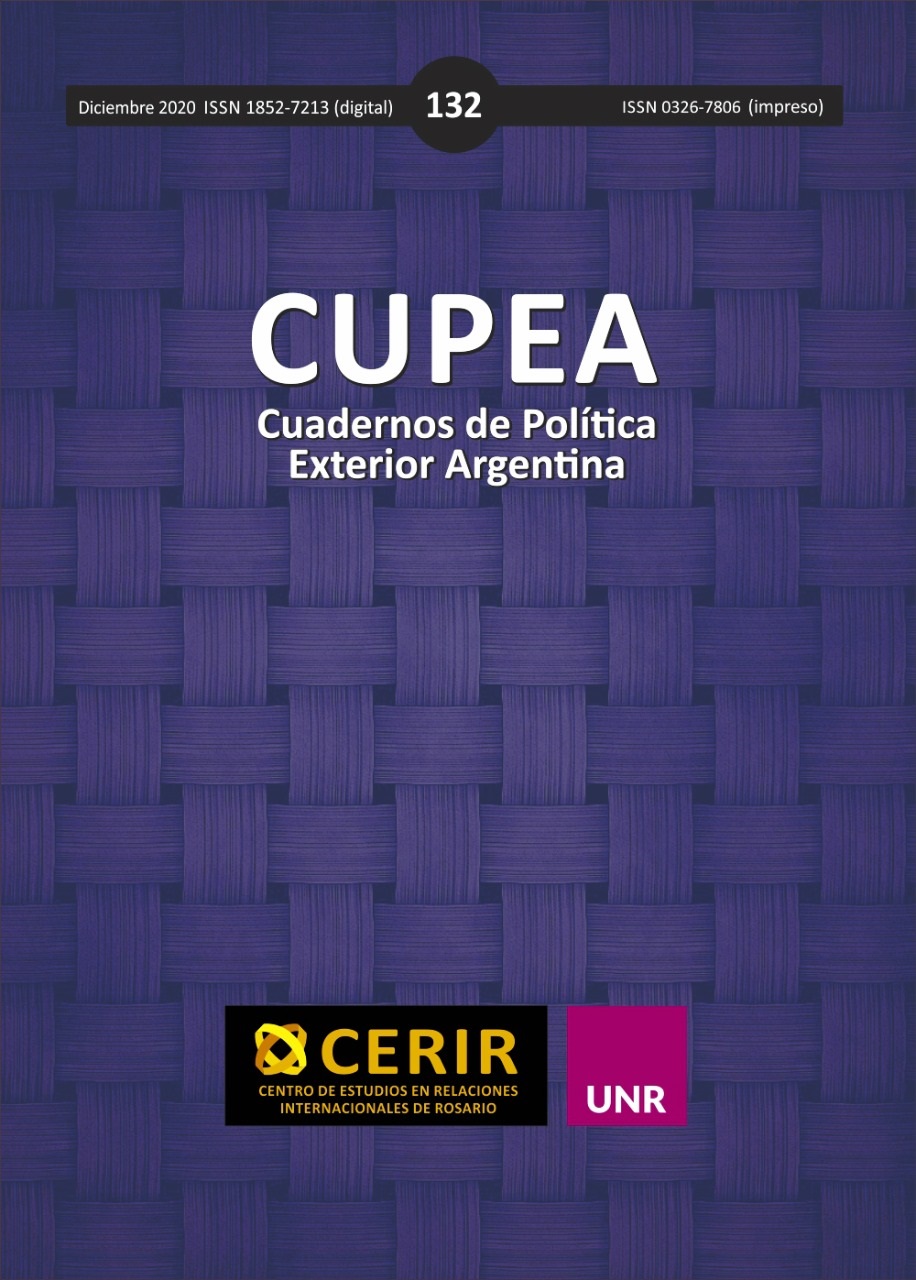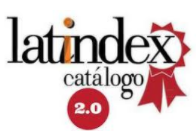Antarctic tourism:
Considerations for its analysis from the Antarctic Treaty System and the evolution of visitors’ flows
DOI:
https://doi.org/10.35305/cc.vi132.97Keywords:
Antarctic tourism, Antarctic Treaty Consultative Meeting, Tourism modalities, Visitors’ flowsAbstract
Tourism has occupied an increasingly relevant place in the agenda of the Antarctic Treaty Consultative Meetings by virtue of the expansion and diversification of tourist practices. Thus, a series of concerns and questions have been generated with regard to the protection of the environment, safety of human life at sea, disturbance of scientific activity, among others. This contribution aims to observe how the different concerns are related to the evolution of tourist flows in their different modalities. To this end, a review of all the provisions emanating from the Antarctic Treaty System between 1961 and 2019 and from various documentary and statistical sources of Antarctic tourism for the period 1958-2019 have been carried out. In this way, a periodization is presented that synthesizes the behavior of tourism in Antarctica and the deliberations in the Antarctic Treaty Meetings.
Downloads
Downloads
Published
How to Cite
Issue
Section
License

This work is licensed under a Creative Commons Attribution-ShareAlike 4.0 International License.
Aquellos autores/as que tengan publicaciones con esta revista, aceptan los términos siguientes:
- Los autores/as conservarán sus derechos de autor y garantizarán a la revista el derecho de primera publicación de su obra, el cuál estará simultáneamente sujeto a la Licencia Creative Commons Reconocimiento-NoComercial-CompartirIgual 4.0.
- Los autores/as podrán adoptar otros acuerdos de licencia no exclusiva de distribución de la versión de la obra publicada (p. ej.: depositarla en un archivo telemático institucional o publicarla en un volumen monográfico) siempre que se indique la publicación inicial en esta revista.
- Se permite y recomienda a los autores/as difundir su obra a través de Internet (p. ej.: en archivos telemáticos institucionales o en su página web) antes y durante el proceso de envío, lo cual puede producir intercambios interesantes y aumentar las citas de la obra publicada.
















